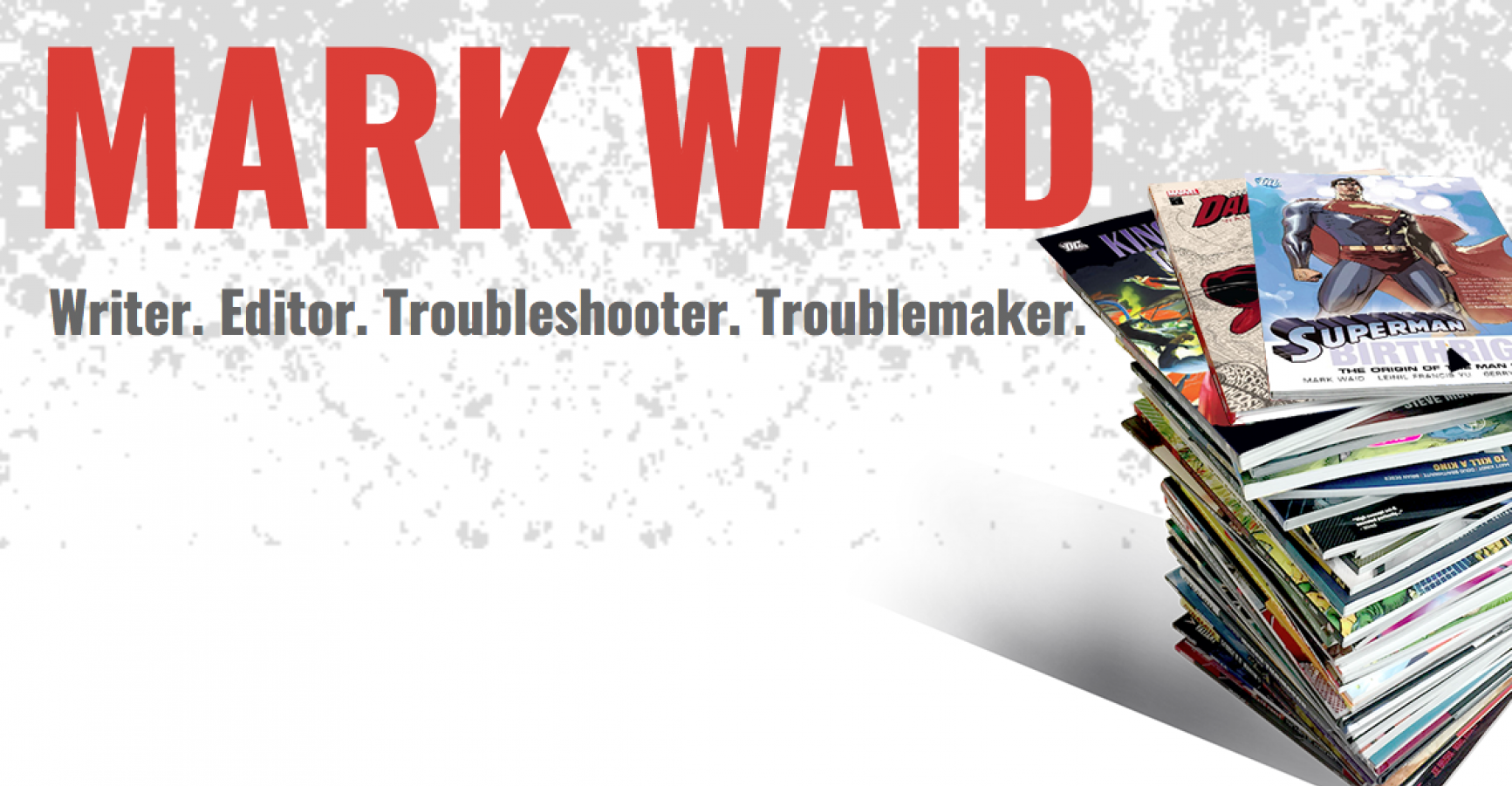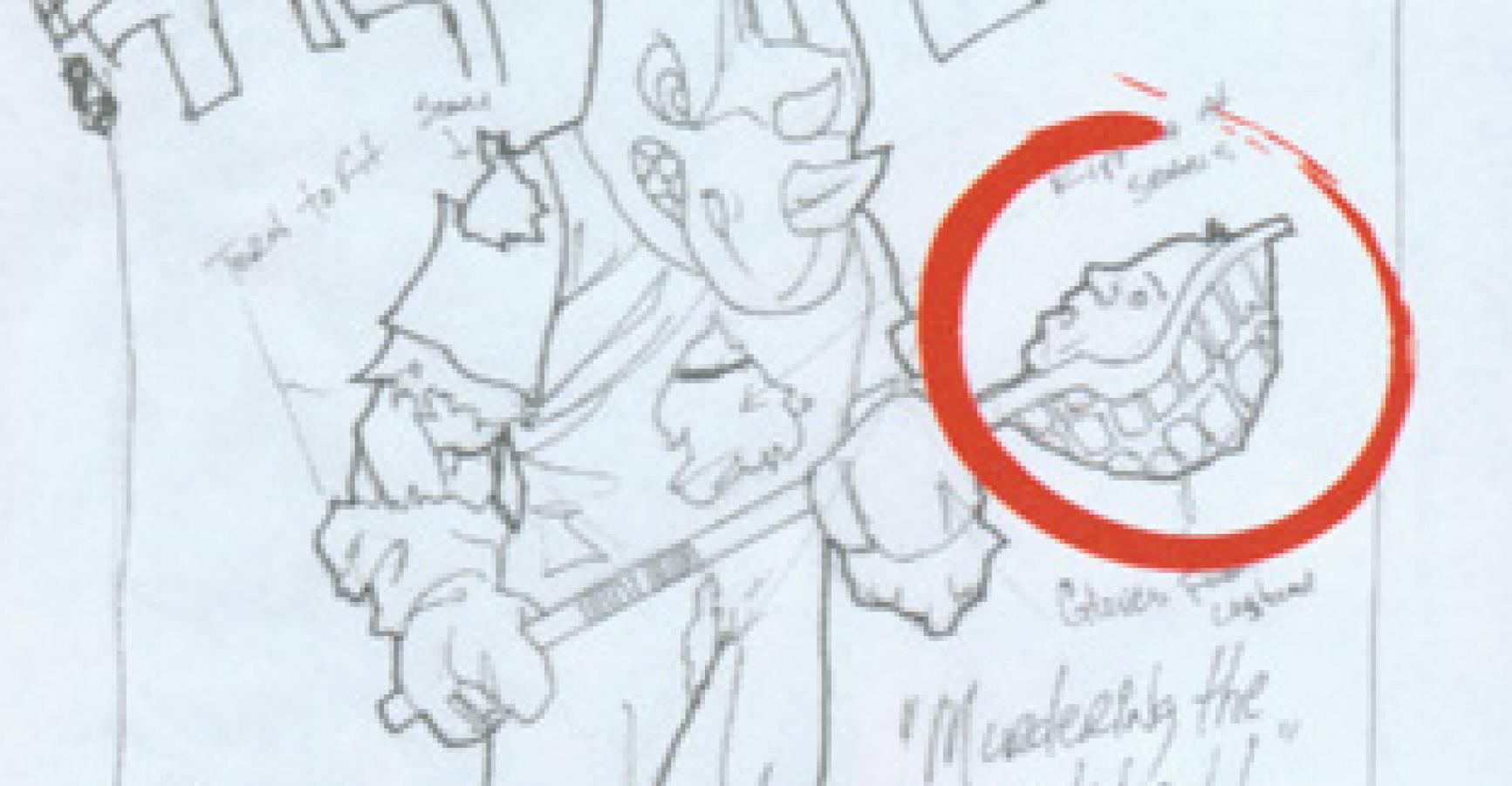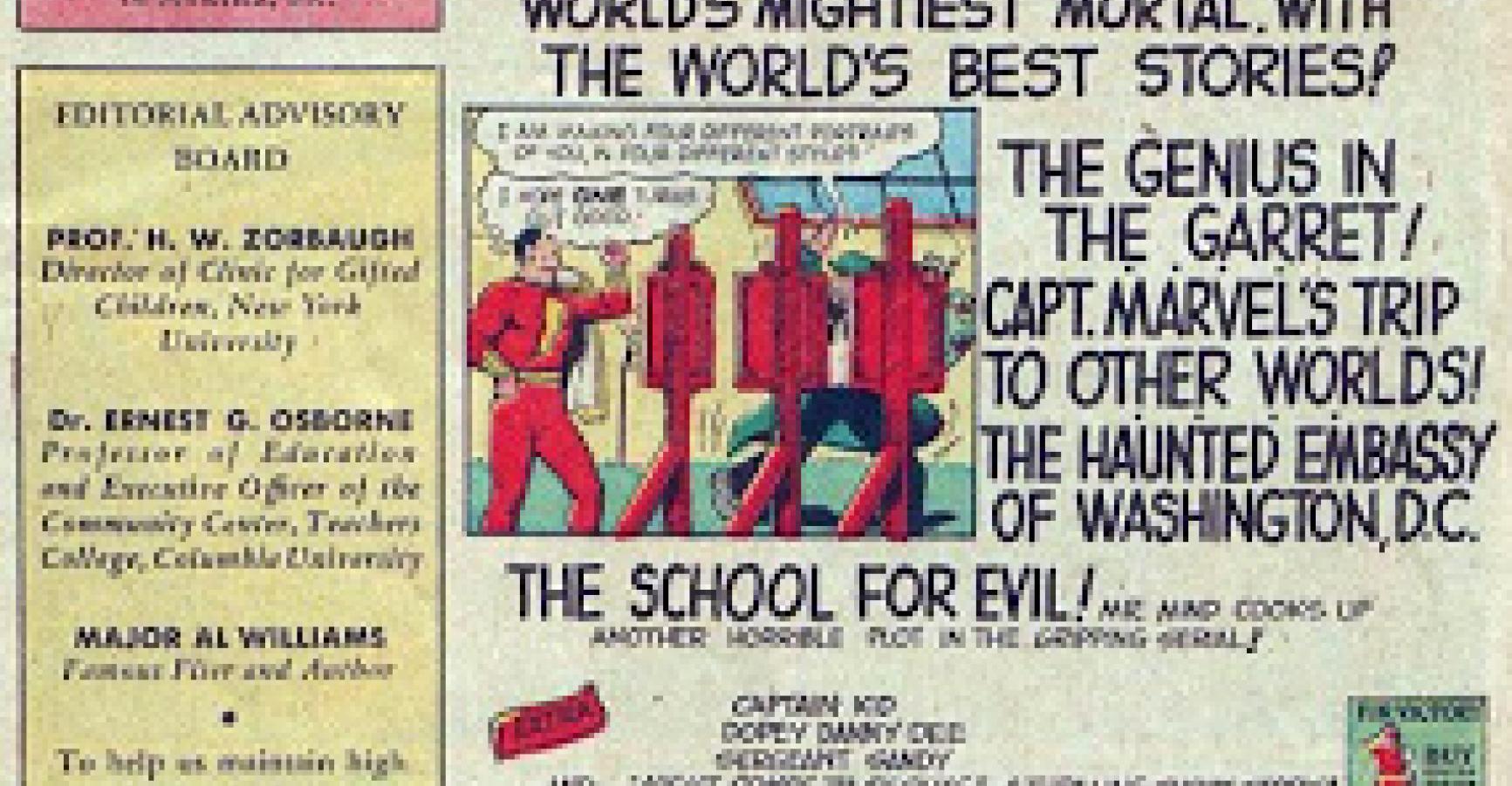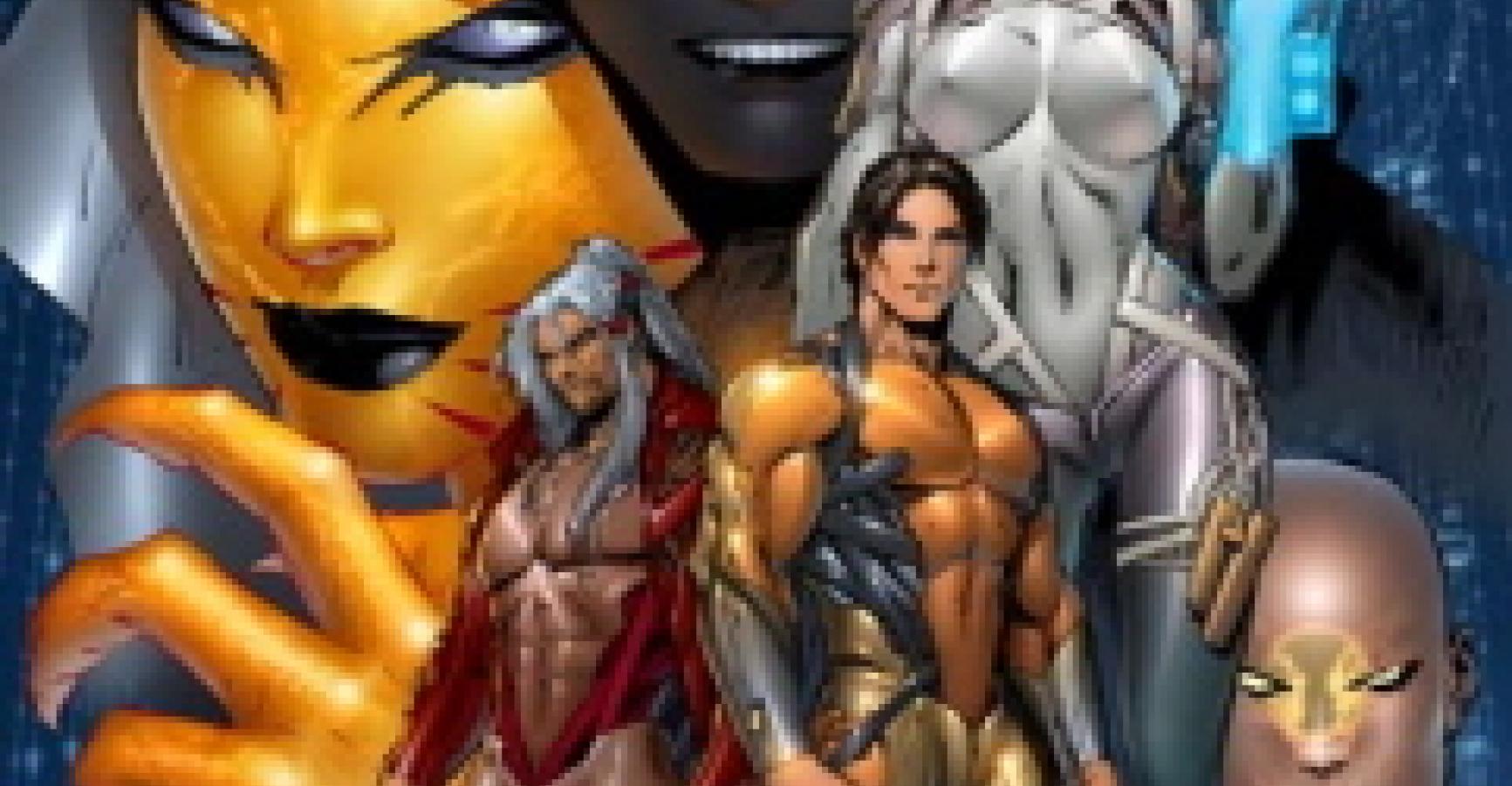Losing two of the next five days to cross-country flights, but no complaints from me. I’m on my way to the Orlando MegaCon this week, and while (like most of you) I’ve come to hate flying, it’s worth it: MegaCon has become one of the largest and best-run comics/anime/sf conventions in this country, and whatever fannish subgenre floats your boat, attending this show is worth the trip.
The casualty, of course, is that this post will be a bit shorter than the norm—but still valuable, I trust. It’s a bit of beginners’ comics-writing advice I don’t hear discussed much:
Everybody wants something. Or, to put it another way, characters are not furniture.
I know, I know. In a chumpish attempt at wordplay, I just lost you. “Characters want furniture?” No. Characters, from the main ones to the most incidental, need to do more than just stand around like furniture. When they exist solely to move the plot along, they stand out, and not in a good way In a kidney-shaped coffee-table sort of way. It’s an easy mistake to make: “Hey, I need to fill the readers in on my bad guy’s background. I know—I’ll have a cop at the crime scene explain the bad guy’s childhood. Or maybe a psychiatrist.” Or “I need to show what a twisted badass the killer is. I’ll put a gym teacher in here for him to kill.” Right instincts, but that’s building furniture. Furniture that solves your plot-and-exposition problems, yes, but it’s always worth the effort to turn these people from exposition machines into genuine characters. Otherwise, you’re missing some opportunities to entertain.
One way of turning your wooden puppets into real boys and girls is by giving them quirks. You could, for instance, have your crime-scene cop munching peanuts. You could give the gym teacher a stutter or ridiculous taste in clothing (even for a gym teacher). That’s one way of going about it—but it’s the cheap and obvious way.
The better way is to, as you write, always bear in mind that—just like in real life—everyone on the scene wants something. Even the admissions nurse who has no dialogue wants something—he wants to go home early because he’s tired, or he wants time off for his kid’s soccer game, or he wants to ask the cute intern out, or he wants his nylon uniform to stop itching so much. That desire doesn’t necessarily have to be voiced or even obvious, and it certainly doesn’t have to be a story point, but being aware of what each of your characters longs for helps give them weight in a scene and is a more subtle but less clumsy way of making them feel real.
Concrete if inadvisable example: Having an unusually petite and feminine female light up a big, smelly cigar is certainly a way of making her more colorful, but it’s a purely arbitrary bit of business. On the other hand, deciding for yourself that she smokes cigars because she believes they draw attention to her that might otherwise go to the bigger, louder people around her…same visual, deeper character, and your having made this choice for her might further suggest some interesting way for her to interact with the other characters that doesn’t take us out of the story but does add something to the page.
In WATCHMEN, Alan Moore pulled off a much more elegant example of this. Rorschach, the moral-absolutist detective, is constantly snacking on sugar cubes throughout the novel. (It’s actually a plot point about midway through, when discarded sugar-cube wrappers become evidence that he was present at a crime scene, but for the purposes of the story, any sort of clue would have served: lozenge wrappers, cookie fortunes, footprints, whatever.) Having Rorschach constantly snacking on any one specific thing is a colorful quirk. That he hungers specifically for sugar cubes—hard-edged, simple, precise little building blocks that are pure white—tells us gobs about what this detective really craves, and once you make that connection, this bit of business doesn’t feel at the least bit arbitrary.



